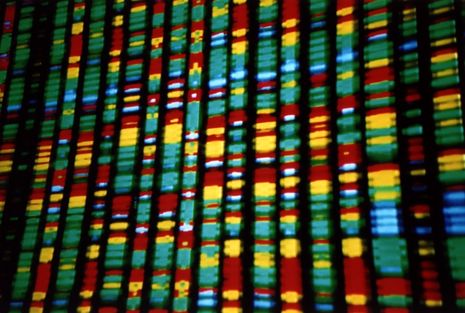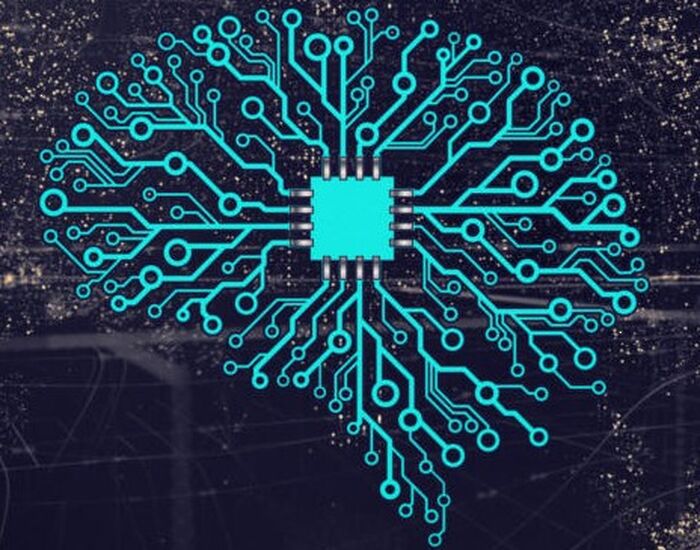CRISPR-Cas9: Should we be able to edit our genes?
Sambhavi Sneha Kumar explores the ethical questions posed by recent developments in medical technology which give us an increased ability to manipulate genes

Our genes are the basic functional units of heredity that code for proteins which determine our characteristics. Variations in genomes arise due to internal cell processes, such as mistakes made when copying DNA, or external factors such as ultraviolet radiation from sunlight. Beyond this, the ability to selectively and artificially modify genes to add, remove or change traits is a developing field with huge potential but also worrying ethical implications. As of February 2020, new steps have been taken towards using this medical technology in the clinic and so these ethical concerns require urgent attention.
What is CRISPR-Cas9?
CRISPR-Cas9 is described as a ‘cut-and-paste’ technique that targets and removes specific sections of DNA. Different DNA can then be ‘pasted’ in its place.
This works using specific regions of DNA called Clustered Regularly Interspaced Short Palindromic Repeats (CRISPR). These DNA sequences are recognised by an endonuclease enzyme called Cas9, using its own guide RNA. This allows Cas9 to cut both strands of DNA at specific points in the genome.
Where did the idea for CRISPR-Cas9 come from?
The principle for CRISPR-Cas9 gene editing was derived from a protection measure in certain bacteria against a group of viruses called bacteriophages. Cas9 retains genetic information from previous virus infections in the form of its guide RNA, which it then compares to foreign viral DNA of subsequent infections. If the foreign DNA matches the RNA, then Cas9 cleaves the invading DNA.
Can CRISPR save lives?
In February 2020, a research team in the USA safely edited the immune systems of three patients suffering from cancer without any negative side effects. CRISPR-Cas9 was used to target multiple genes in T cells, a type of immune cell. The modifications led to certain changes that stimulated the immune system to specifically recognise and attack cancerous cells.
Cancer is the second leading cause of death globally, accounting for over 15% of deaths. Any new approach that could provide a new perspective on cancer treatment is clearly hugely important.
However, there are some disadvantages to consider. Cas9 has a relatively high accuracy rate but the possibility of ‘offshooting’ still exists - when the target gene is not hit correctly. This can lead to abnormal gene function and expression. Additionally, Cas9 and the RNA it uses to recognise CRISPR sequences is relatively large and so delivery into the nucleus of the cell, where the DNA is located, can be difficult.
What about editing at the germline?
CRISPR-Cas9 can be used to edit genomes at the germline level, meaning that any modifications made will be present in all cells of the organism involved, and will be passed onto offspring. This may initially sound like a good thing - any positive changes made, such as removing a gene variant associated with increased cancer risk, can benefit all future generations with just one change. However, editing at the germline raises complicated ethical questions. Is it morally acceptable to choose what characteristics we give our offspring? Even if this starts in the context of disease prevention, it may well be a slippery slope leading to the removal of any trait viewed as ‘undesirable’, pushing society into a eugenics movement - a set of practices that work to improve the genetic quality of the human population.
Many fear that this could widen the gap between the rich and poor, if only some members of society are able to afford CRISPR editing.
He Jiankui and the backlash regarding ‘designer babies’
In November 2018, He Jiankui presented results of his work in creating ‘genetically edited babies’. Jiankui used CRISPR technology to edit DNA in human embryos to make them less susceptible to HIV. This is an example of how CRISPR can be used to prevent future disease, but Jiankui’s actions have been heavily condemned and have led to his prosecution on the grounds that he breached scientific and ethical conduct. The technology employed was deemed ‘too advanced’ to be used on newborn babies and the risk-benefit ratio was deemed inappropriate, as the babies would not have been immediately at high risk for HIV.
Beyond Healthcare
CRISPR can also be used in agriculture, to create compact plants with less sprawling bushes, larger fruits that can ripen at the same time, higher vitamin C levels and many other characteristics that can either aid in crop growth or improve crop quality. Increased crop quantity could be hugely beneficial as the global population continues to rise and higher vitamin content can help to ensure that the prevalence of deficiency diseases is reduced.
The Future of CRISPR
There is still much scope to improve CRISPR techniques. In Zurich, Switzerland, Cas9 has been replaced with Cas12a (a similar enzyme) that can allow for targeting of lots of genes with a smaller RNA molecule. This is likely to be faster and more efficient, and may help to solve the problem of reaching the DNA in the cell’s nucleus. Tufts University in the USA has also attempted to improve CRISPR by using a different delivery method for Cas9 that could allow it to diffuse straight through the cell membrane.
Even if we were to achieve optimal function of the CRISPR-Cas 9 technique, this does not mean that CRISPR use is undisputedly positive. Gene editing techniques come with a range of ethical challenges, many of which may remain unresolved even as the technology is coming ever closer to widespread use.
 News / Downing investigates ‘mysterious’ underground burial vault 29 December 2025
News / Downing investigates ‘mysterious’ underground burial vault 29 December 2025 News / Unions protest handling of redundancies at Epidemiology Unit30 December 2025
News / Unions protest handling of redundancies at Epidemiology Unit30 December 2025 Lifestyle / Ask Auntie Alice29 December 2025
Lifestyle / Ask Auntie Alice29 December 2025 Features / ‘Treated like we’re incompetent’: ents officers on college micromanagement30 December 2025
Features / ‘Treated like we’re incompetent’: ents officers on college micromanagement30 December 2025 Science / Astronomical events to look out for over the break29 December 2025
Science / Astronomical events to look out for over the break29 December 2025










